
We all love a good bargain, but when it comes to everyday essentials, it’s sometimes hard to tell if paying extra is actually worth it. There are a surprising number of household staples where the no name brand holds up as well as, if not better than, the name brand. And often it’s at a fraction of the price! Let’s explore 19 generic items that can save you money without sacrificing quality.
1. Spices & Seasonings

Every recipe is elevated by using an appropriate selection of spices and seasonings. When cooking on a budget, sometimes name-brand spices can put you over the budget. Going for generic spices won’t sacrifice the quality, as they often come from the same source as branded ones. For example, Target’s Good & Gather generic spices are identical to McCormick’s, but are 24% cheaper.
2. Pasta & Rice

Staple dry ingredients such as pasta and rice have little variation in quality compared to branded ones. This is because production is usually done by the same manufacturers. The way you season and prepare these items is what separates the outcome from the rest. Using high-quality recipes ensures no difference in taste and the same satisfaction as using name brands.
3. Baking Essentials

Flour, sugar, yeast, and baking powder function the same regardless of the brand. Generics offer the same varieties of these essentials, such as granulated and powdered sugar or all-purpose and self-rising flour. There are negligible differences between brands besides the cheaper price offered by generics.
4. Over-the-Counter Medication
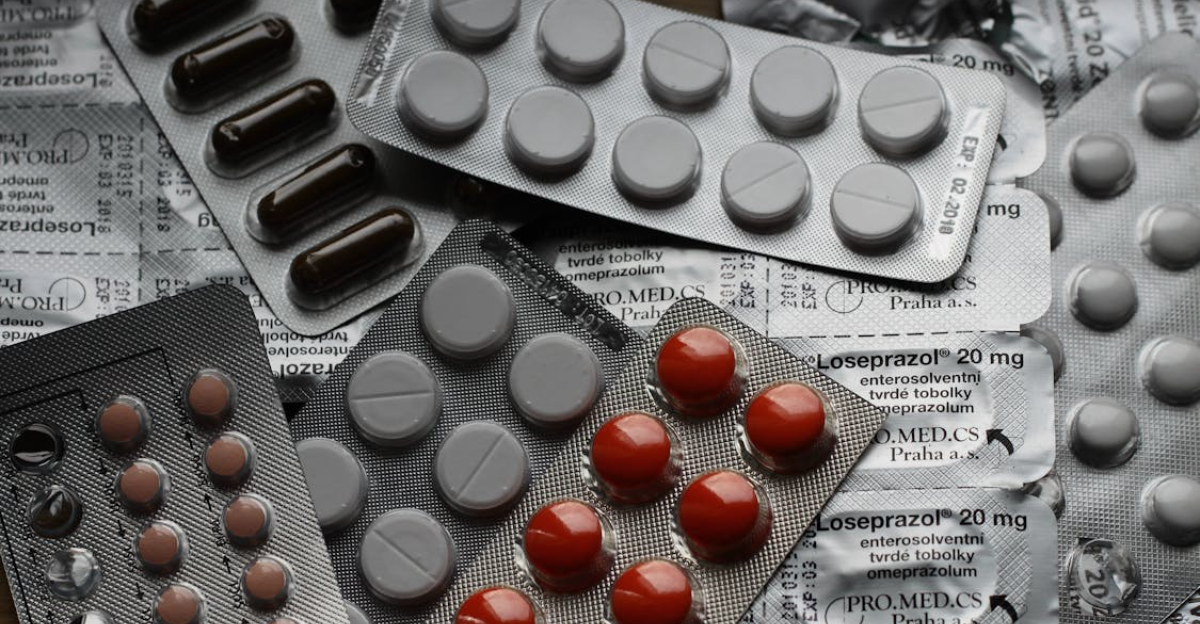
Medications from different brands contain the same active ingredients. The price difference is due to branded medication spending more on research, clinical trials, and marketing. Along with that is how branded medications tend to market these drugs with perks, such as heart medication with vitamin B or allergy medication that includes vitamin C. Taking generic medication delivers the same effect, often at 80-85% lower prices.
5. Vitamins & Supplements
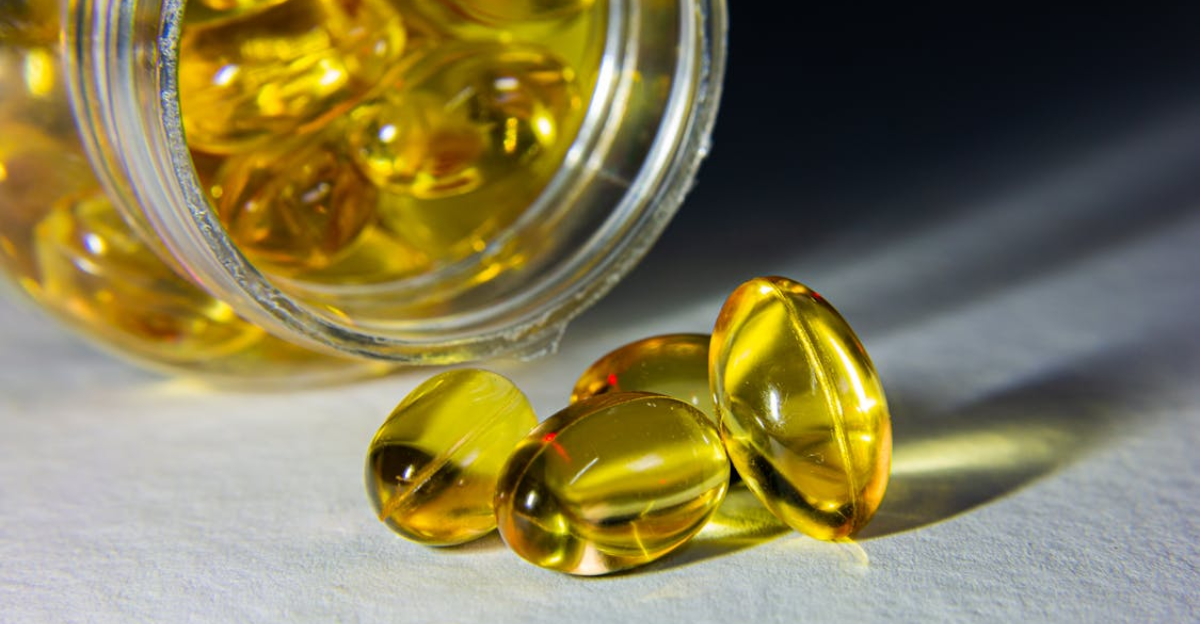
Like generic medication, vitamins and supplements meet the same FDA-approved standards as branded ones. They offer similar benefits and contain the same formulations regardless of brand. Both undergo the same established processes, with only marketing expenses or additional manufacturing processes contributing to price differences.
6. Baby Formula

Baby formula prices have been significantly expensive in recent years, so deciding whether or not to go branded is a heated debate. You want the best for your infants, so rest assured that store-brand formulas satisfy the same FDA nutritional standards as brands like Enfamil or Similac. Unless your child has specific dietary needs or sensitivities, the 50% off on generic brands can be worth it.
7. Razor Cartridges
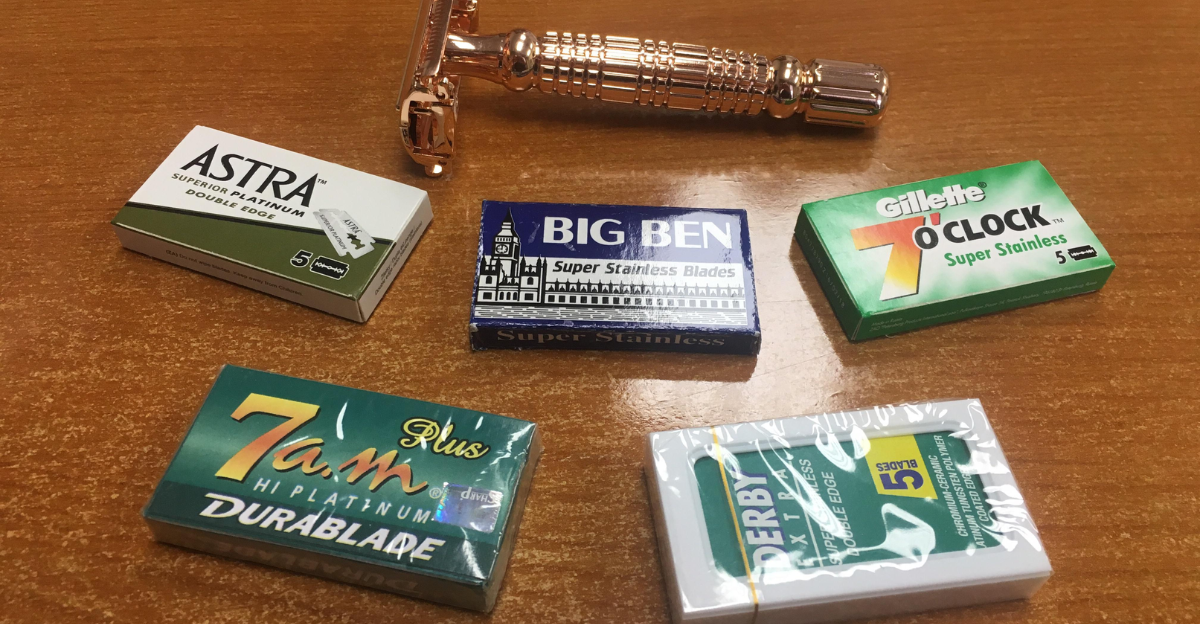
Razors, regardless of brand, serve the same purpose: to shave. Generic cartridges deliver comparable shaves at cheaper prices. Branded razors market selling points such as giving a cleaner shave, being best for sensitive skin, or catering specifically to male or female users. However, the base function is comparable to generics, which offer it at a cheaper cost.
8. Shampoo & Conditioner
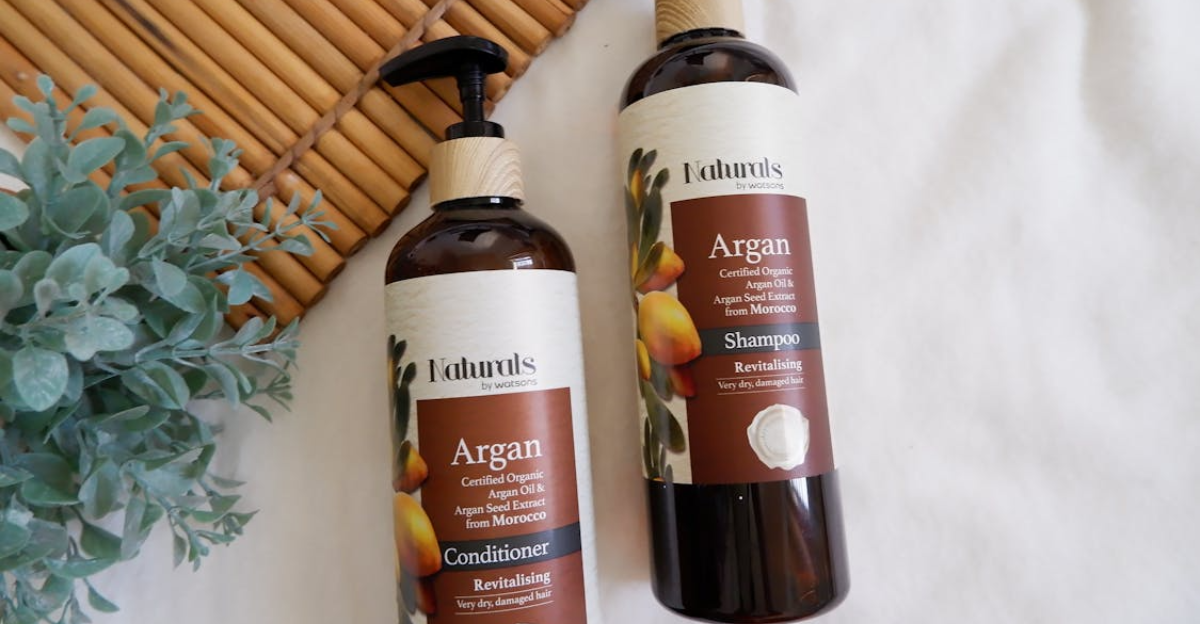
The hair care market has shifted towards advertising their products as being salon-grade. This creates a feeling of better quality and luxury with every use. Branded hair products use potentially higher-quality ingredients meant to target specific hair needs. However, if your hair does not require targeted solutions and you purchase branded products for brand reputation, then generic brands do their job just the same.
9. Single-Use Paper Products
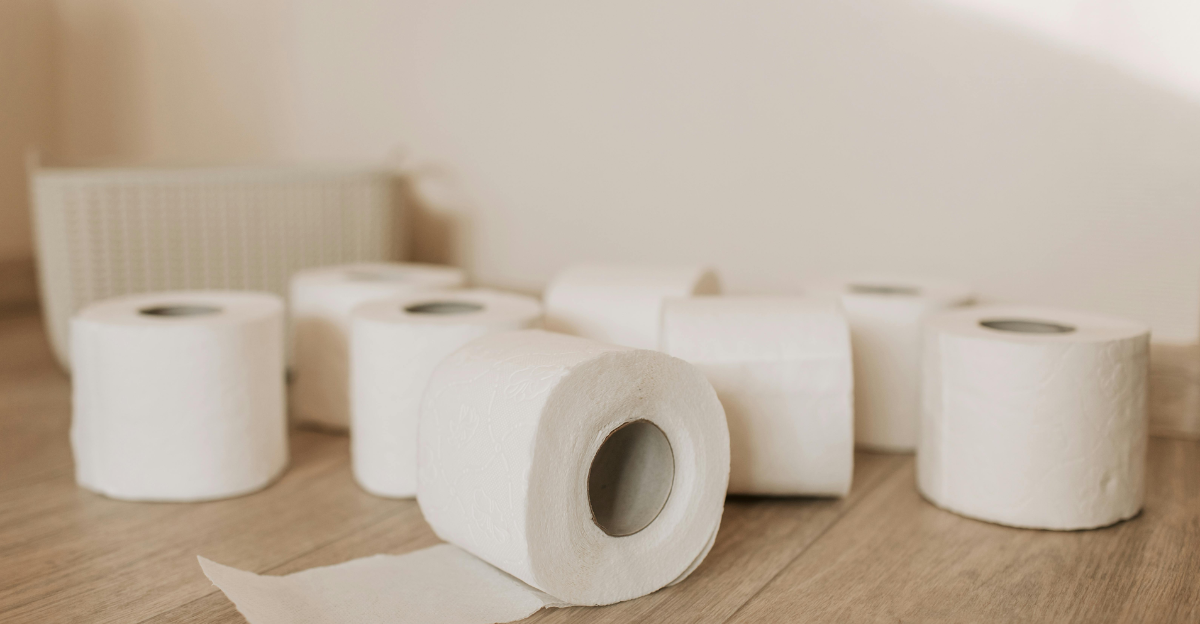
For the most part, paper products such as toilet paper, kitchen towels, and cotton pads serve one purpose: to clean up different messes. Generic brands offer similar functionality at a lower price, but branded products invest in better absorbency and durability. However, given how wasteful people can be with these products regardless of quality, switching to generic brands means you are using more of them at a lesser cost.
10. Cleaning Products
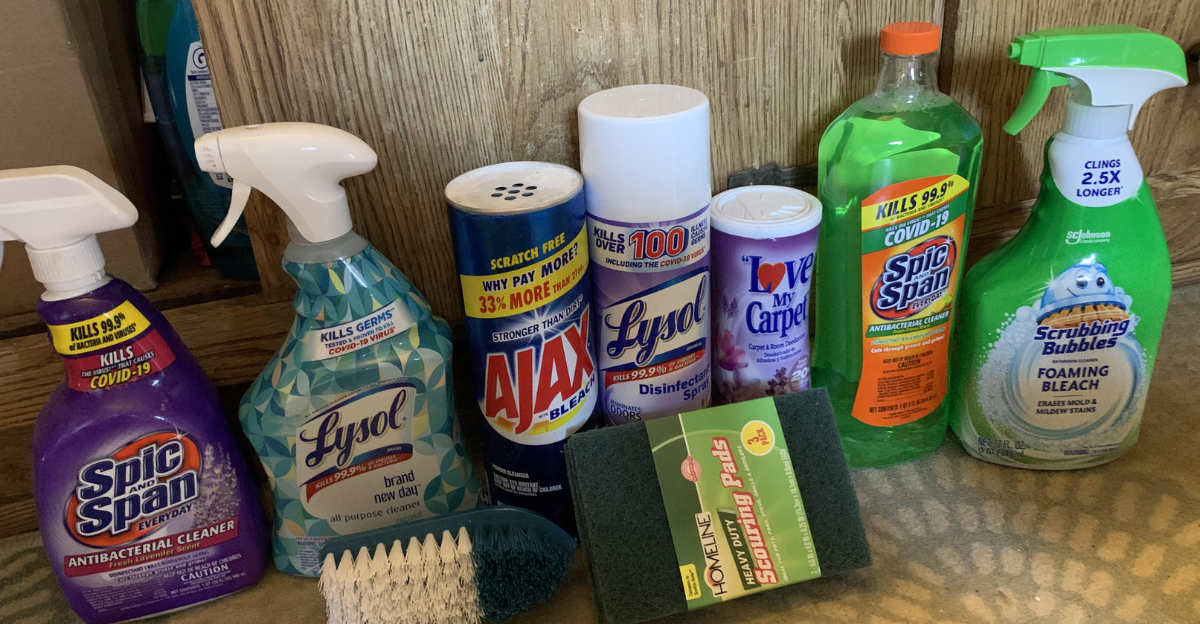
The active ingredients in branded and generic cleaning products are the same, allowing them to deliver similar results. The price difference is necessary because branded products are better at cleaning. Branded products only have minor formula tweaks that come with significant markups. Branded versions offer a wider fragrance selection, colors, and packaging features that some might find convenient or premium. Some name-brand products are imported, meaning tariffs inflate the price, so going for generic brands helps you avoid these extra costs.
11. First Aid Supplies
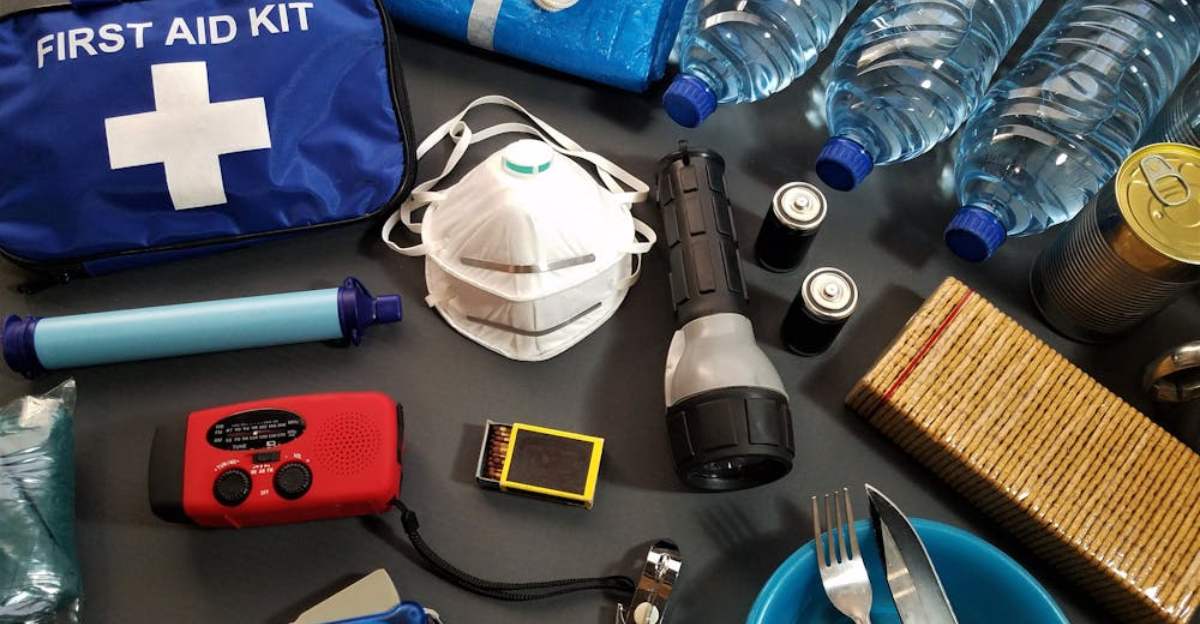
Supplies like bandages, gauze, and antiseptics are identical in function across brands, but branded products evoke more consumer trust, especially medical supplies. There is a higher perceived safety and reliability that these companies greatly monetize. Many generic products are made in the same facilities as branded ones, with the same ingredients and materials, with the only difference being the label and price tag.
12. Foil, Plastic Wraps, & Zip Bags
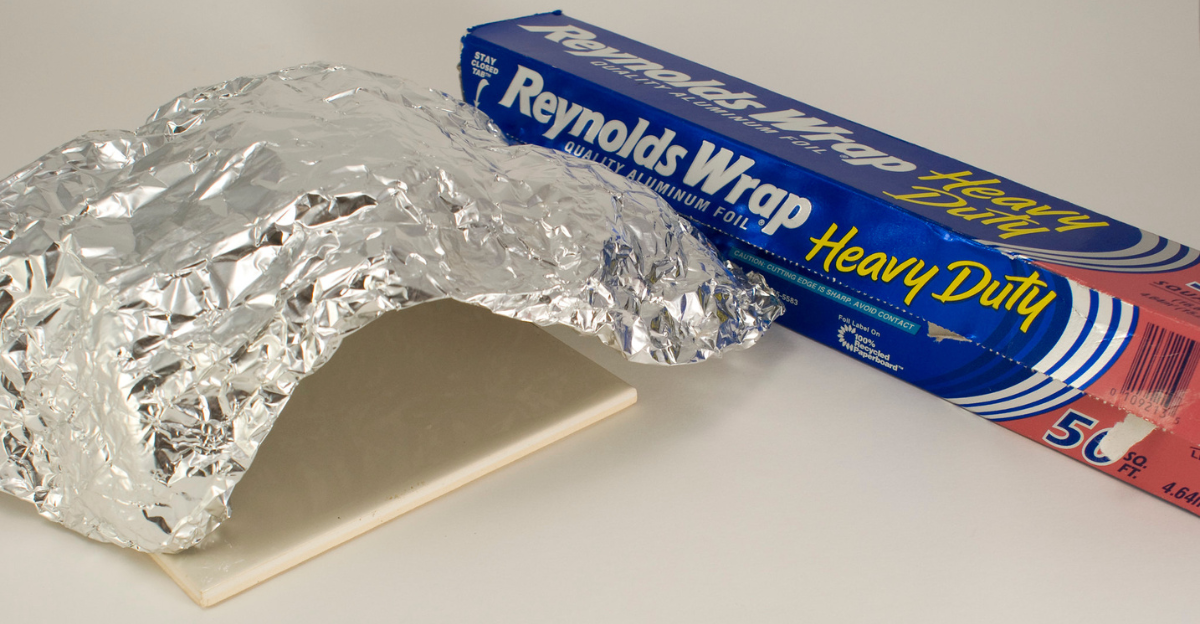
Brand reputation leads consumers to think their products seal better or tear less because of the label. Minor conveniences such as easy-tear edges, grip-and-seal double zippers, slide lock systems, and precut foil sheets inflate prices disproportionately. Generics skip these features and focus on securing basic functions for everyday food storage, freezing meats, lining baking trays, or covering leftovers, allowing them to be priced lower.
13. Hand Soap Refills
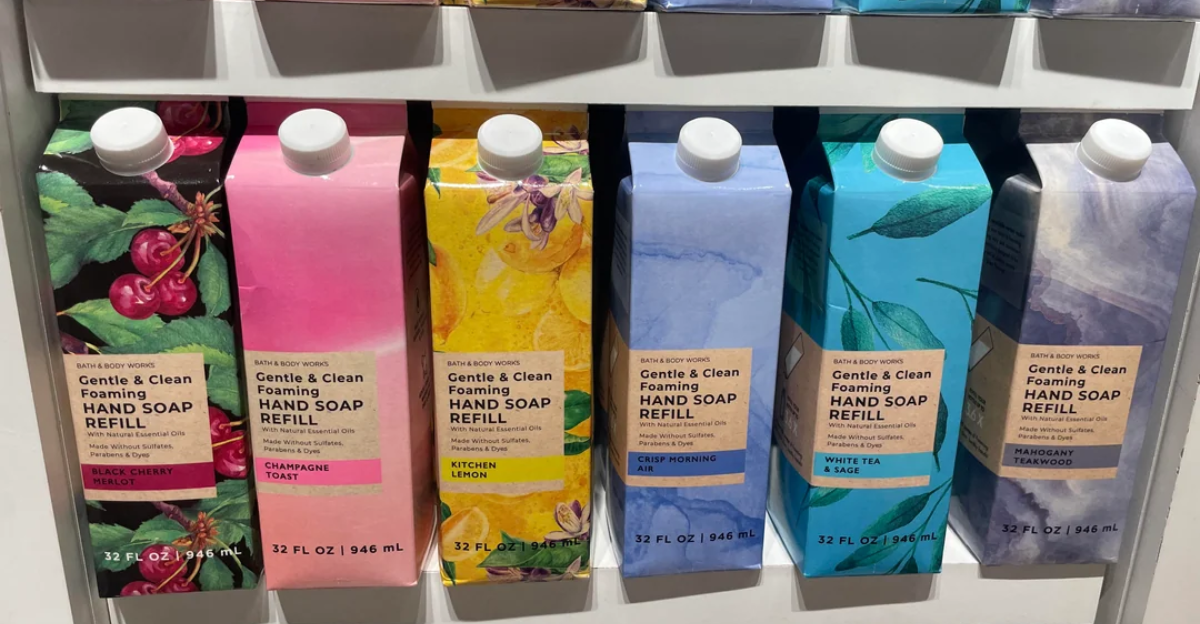
You buy refills to save time and money instead of buying a new small bottle every time you run out. Sometimes, you get a better money-saving deal when choosing generic brands that work the same. These liquid hand soaps contain the same surfactants and preservatives, like sodium laureth sulfate for cleansing, cocamidopropyl for foaming, and glycerin for moisturizing. The only differences are signature scents and packaging.
14. Laundry Essentials
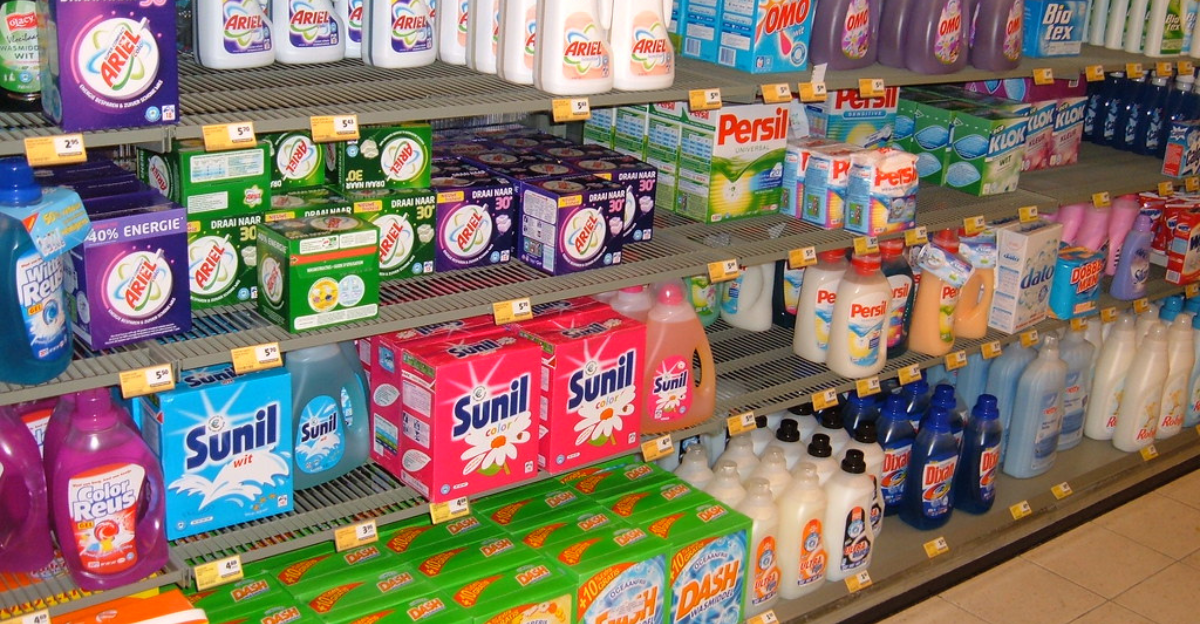
Brands promote signature scents, color boosters, or unique freshness with minimal functional differences. These things don’t improve wash quality; they just enhance the perception of luxury and cleanliness. Although generic versions stick to basic packaging and don’t go all out on flashy marketing, they are just as functional.
15. Pet Supplies
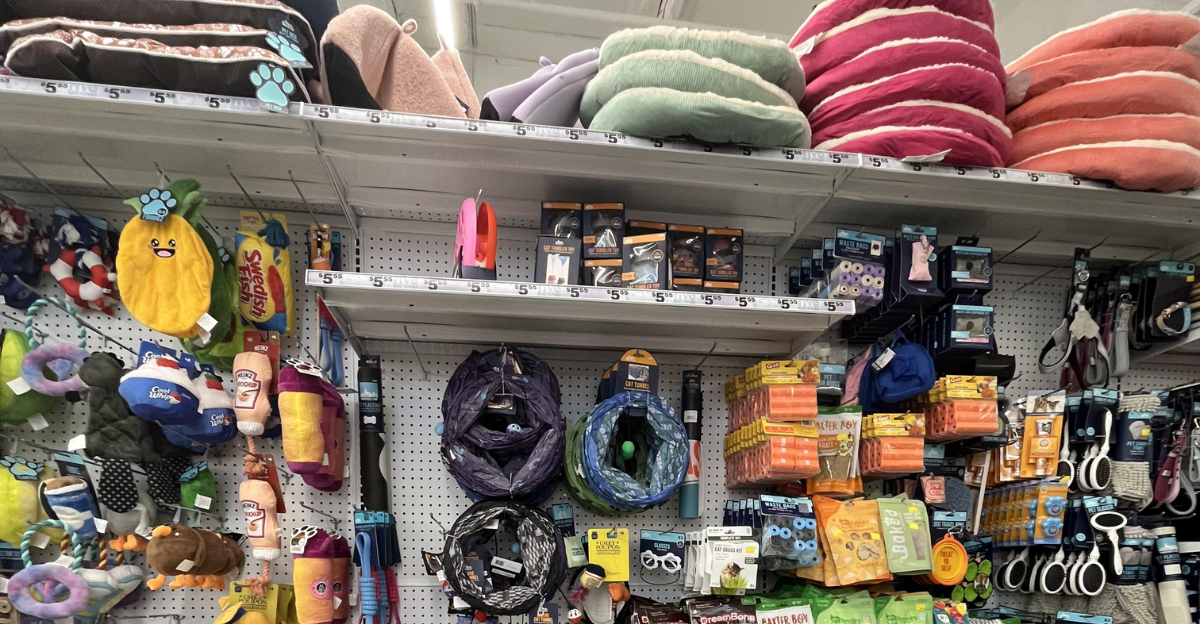
Pet brands leverage your emotional connection to your pet to justify charging high prices for pet supplies like food, treats, collars, toys, and grooming products. They highlight selling points like being healthier and vet-recommended, even if generics meet the same standards required. Owners spend more for products that feel more premium and safer. Generic flea shampoos use the same pest-killing agents, and dry pet food contains similar proteins, fats, and nutrients minus trendy ingredients or exotic meats.
16. Tech Accessories
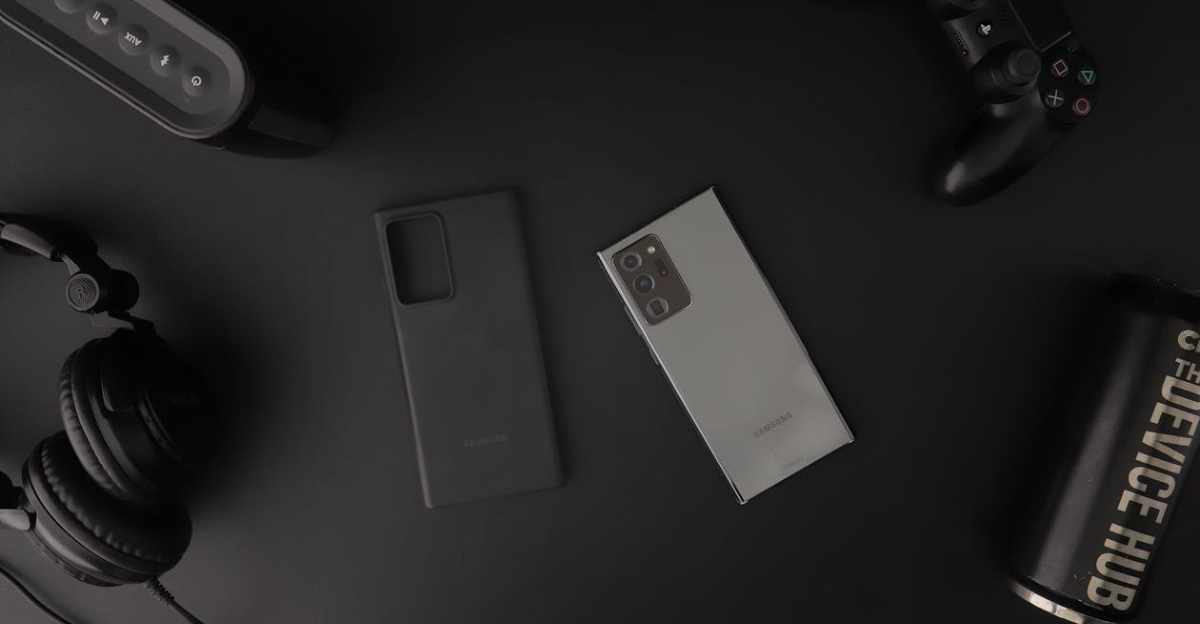
Tech is a prominent market where brand reputation influences almost every buyer’s preference. Big brands like Samsung and Apple no longer need to be insanely innovative with their new releases to get users to upgrade. Brands have stopped including accessories like chargers, headphones, and protective casing in device purchases, forcing users to buy them separately. Customer loyalty has them buying branded products even when generic versions do the same thing. Generics do without the non-functional and niche features that drive the price. If all you need from these accessories is to charge a device, transmit data, and protect a screen, then go for generic.
17. Batteries

Independent tests often prove that branded batteries that advertise longer-lasting, leak-resistant, or advanced power boost technology show marginal real-world differences in low- to moderate-drain devices. Visible brands like Duracell and Energizer pay for premium shelf placement, intentionally forcing consumers to always choose them. Many generic batteries are produced by the same manufacturers without the premium prices due to branding and packaging.
18. Printer Ink
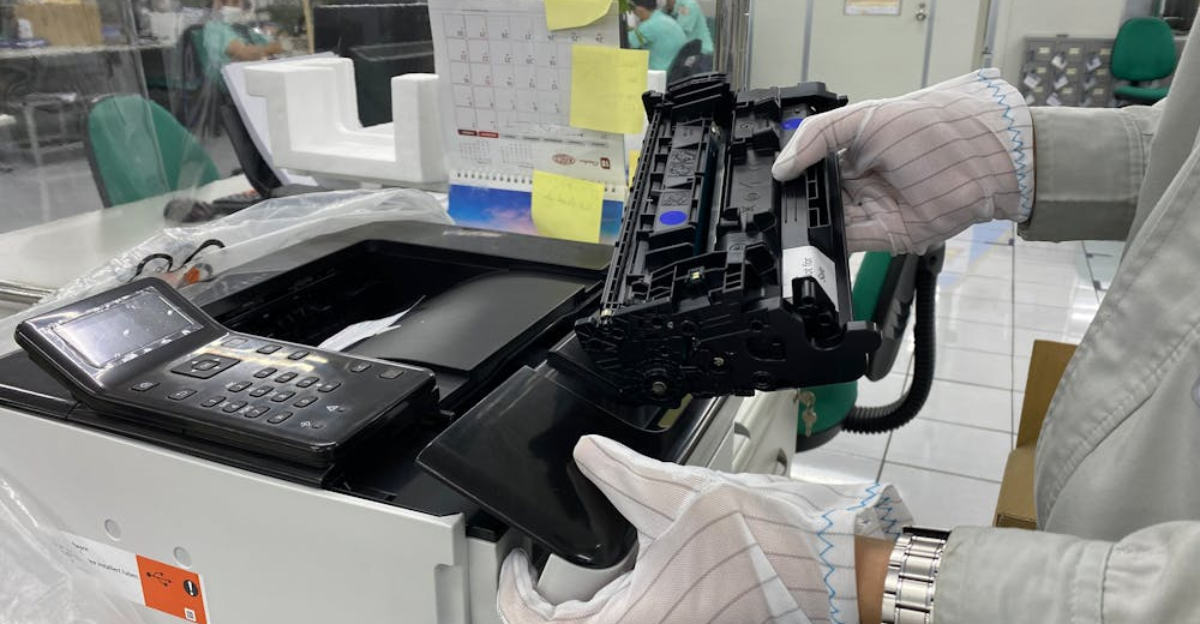
Printer manufacturers sell printers at such a low price that sometimes businesses are at a loss, especially for home models. Profit is made back from ink and toner sales, locking buyers into purchasing expensive brand-specific ink. However, if you are aware of these sorts of issues, then you can buy printers that don’t prevent the use of other brands’ inks. Many other cheaper printer ink brands deliver similar color quality and efficient prints.
19. Closet Essentials
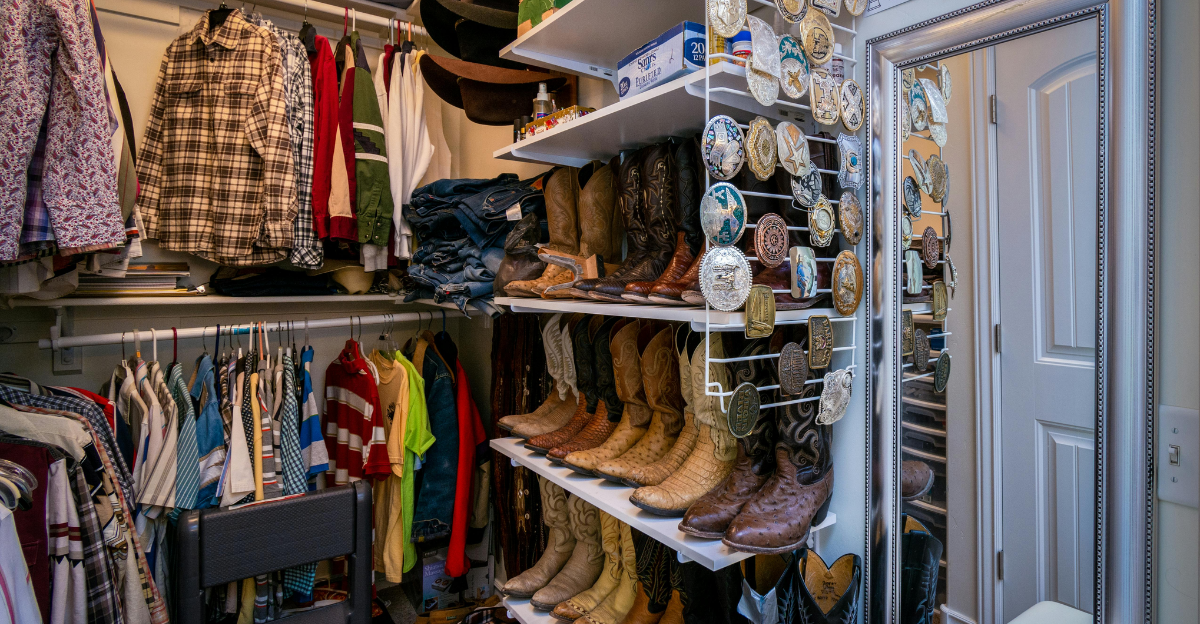
The higher price of these items is largely due to branding, perceived aesthetics, and lifestyle marketing, which have people choosing expensive brands over generics. There isn’t necessarily a better function if you pay more, especially for things that aren’t abused. Branded hangars or bins advertise materials like bamboo, solid wood, stainless steel, or fabric-line baskets, but in the end, these upgrades are necessary for optimal functionality. Generics use coated plastic or MDF, which do the same job for less.
